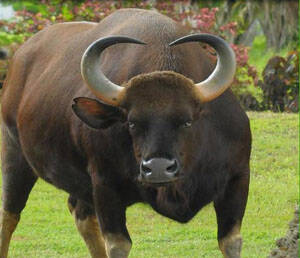
Bos sauveli
Bos sauveli,Kapolei cattle, gray cattle
Cambodian wild cattle (scientific name: Bos sauveli) English Kouprey, Grey O···
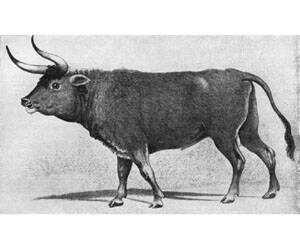
Bosprimigenius
Bosprimigenius
Bosprimigenius, scientific name, is a large cattle, now extinct. Its scienti···
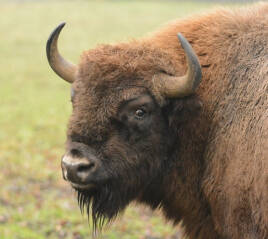
Bison bonasus
Bison bonasus
European bison (scientific name: Bison bonasus) is called European Bison, Eu···
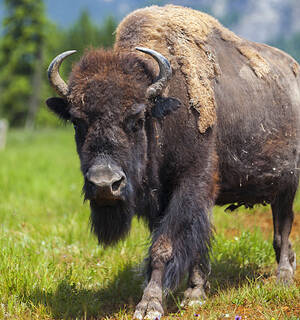
Bison bison
Bison bison,bison, American buffalo, bison
American bison (scientific name: Bison bison) is called American Bison in En···
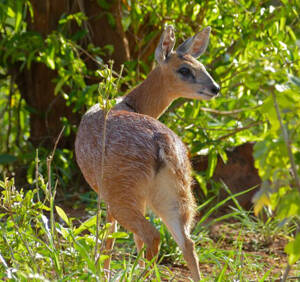
Raphicerus sharpei
Raphicerus sharpei
Sharpe's Grysbok (scientific name: Raphicerus sharpei) is called Sharpe&···
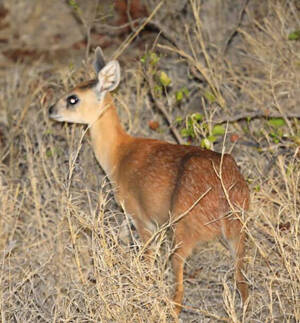
Raphicerus melanotis
Raphicerus melanotis
Black-eared antelope (scientific name: Raphicerus melanotis) is also known a···
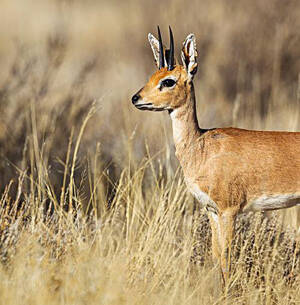
Raphicerus campestris
Raphicerus campestris
Raphicerus campestris (Steenbok in English, Steenbok in French, Steenbok in ···

Ourebia ourebia
Ourebia ourebia
Orebia ourebia (scientific name: Ourebia ) is called Oribi in foreign langua···
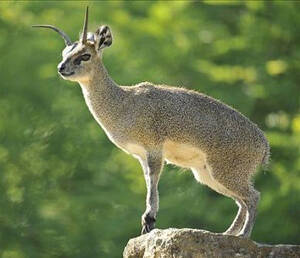
Oreotragus oreotragus
Oreotragus oreotragus (English: Klipspringer, French: Oréotrague, South Afr···
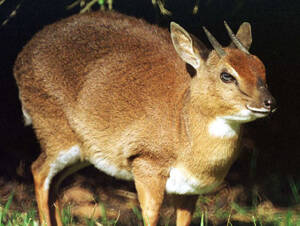
Neotragus moschatus
Neotragus moschatus
Neotragus moschatus (scientific name: Neotragus moschatus): It is the only s···
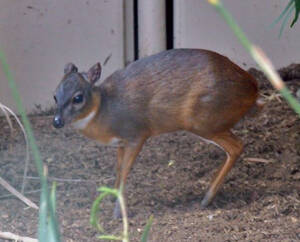
Neotragus pygmaeus
Neotragus pygmaeus
Royal Antelope (scientific name: Neotragus pygmaeus) English Royal Antelope,···
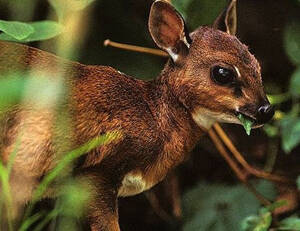
Neotragus batesi
Neotragus batesi
Bates' Pygmy Antelope (scientific name: Neotragus batesi) English: Bates···
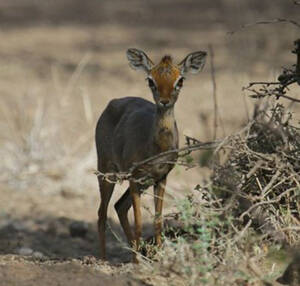
Madoqua saltiana
Madoqua saltiana
Madoqua saltiana (Scientific name: Madoqua saltiana) English: Salt's Dik···
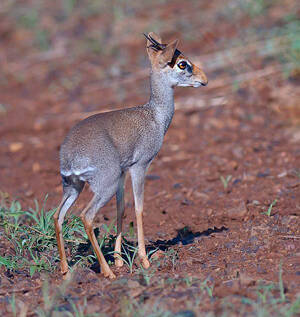
Madoqua piacentinii
Madoqua piacentinii
Silver Dik-dik (scientific name: Madoqua piacentinii) English: Silver Dik-di···
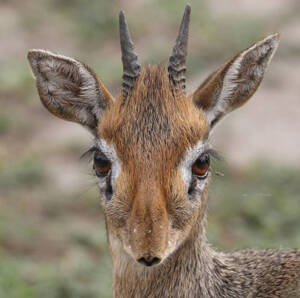
Madoqua kirkii
Madoqua kirkii
Kirk's Dik-dik (scientific name: Madoqua kirkii) English: Kirk's Dik···
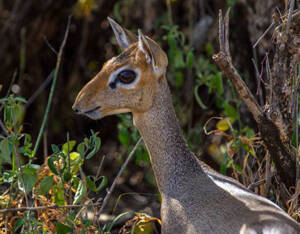
Madoquaguentheri
Madoquaguentheri
Madoquaguentheri (scientific name: Madoquaguentheri) English: Guenther's···
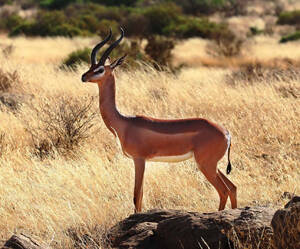
Litocranius walleri
Litocranius walleri,Kirin Antelope
Giraffe (scientific name: Litocranius walleri), also known as Kirin antelope···
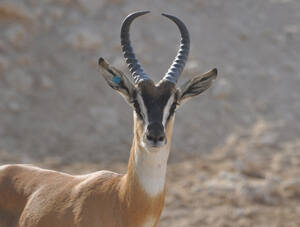
Nanger soemmerringii
Nanger soemmerringii,Sudanese antelope, Sumerian antelope
Somali gazelle (scientific name: Nanger soemmerringii) is also known as Soem···
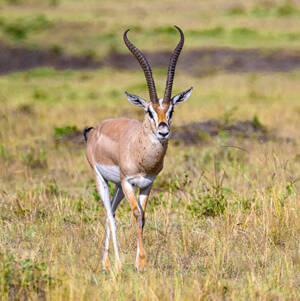
Nanger granti
Nanger granti,Grant's gazelle, Grant's gazelle
Grant's gazelle (scientific name: Nanger granti) is a large, light-haire···
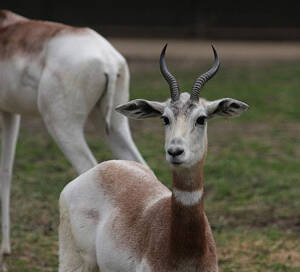
Nanger dama
Nanger dama,Fallow deer gazelle, Damma gazelle
Nanger dama (scientific name: Nanger dama) is also known as Dama Gazelle, Ad···
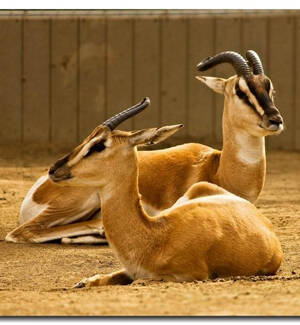
Gazella spekei
Gazella spekei
The Gazella spekei is the smallest gazelle. The Gazella spekei was once cons···
